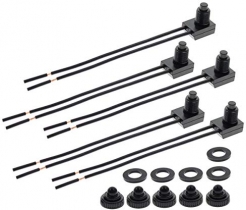-
Welcome to Tundras.com!
You are currently viewing as a guest! To get full-access, you need to register for a FREE account.
As a registered member, you’ll be able to:- Participate in all Tundra discussion topics
- Transfer over your build thread from a different forum to this one
- Communicate privately with other Tundra owners from around the world
- Post your own photos in our Members Gallery
- Access all special features of the site
P0325 Knock Sensor Code
Discussion in '1st Gen Tundras (2000-2006)' started by WrongHanded, Feb 1, 2020.


 Straight-Pipe Cost on 1st Gen Tundra
Straight-Pipe Cost on 1st Gen Tundra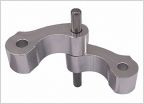 Has any one ordered ext cab side window closure bracket parts?
Has any one ordered ext cab side window closure bracket parts?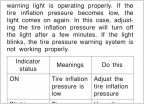 Confirmation of TPMS light status
Confirmation of TPMS light status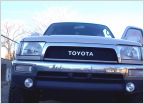 Horn Upgrade?
Horn Upgrade? Tailgate assist shocks or support?
Tailgate assist shocks or support?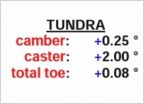 Suspension upgrade...tow 5000lbs and mostly street driving
Suspension upgrade...tow 5000lbs and mostly street driving









